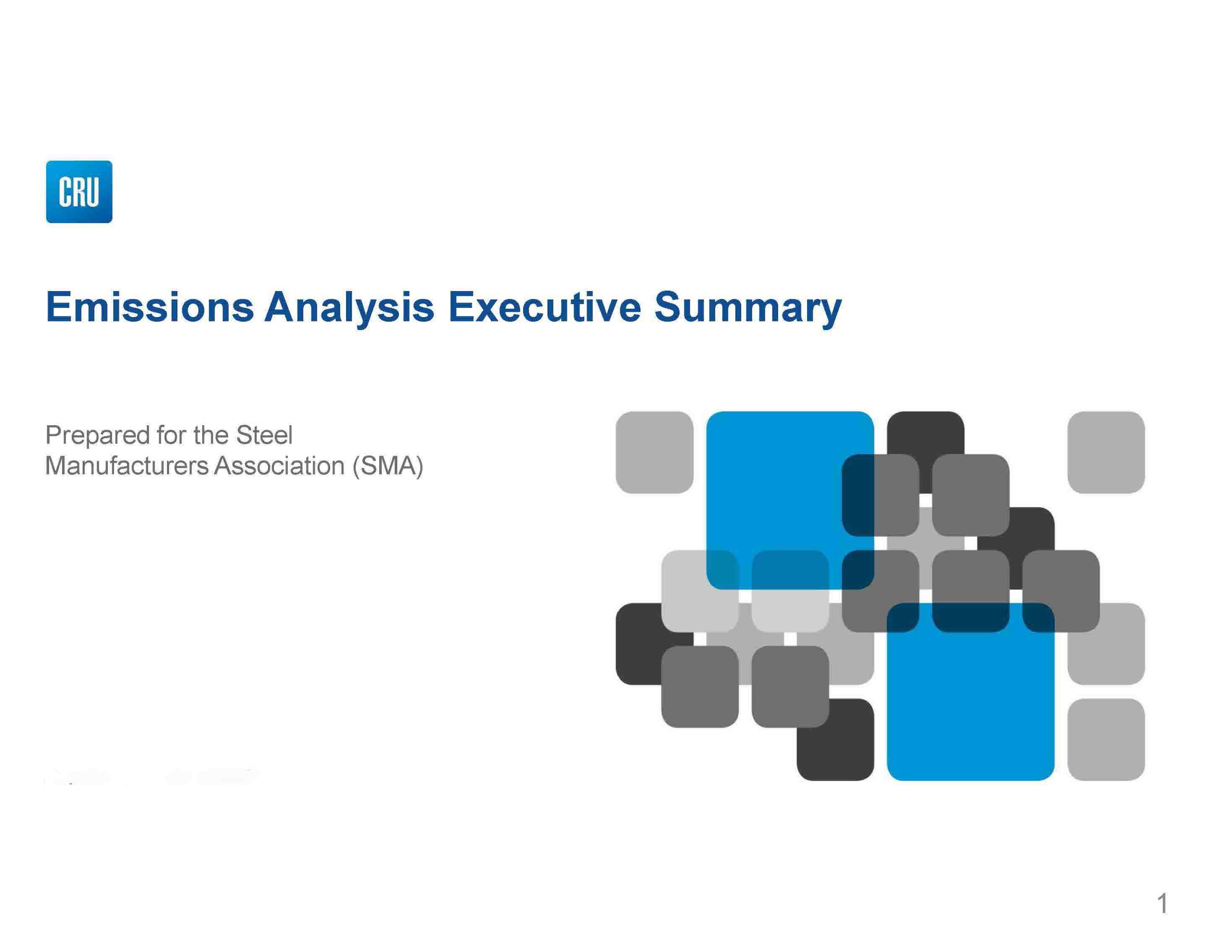Steelmakers delineate low vs. high CO2 emissions production methods
Sources: Steel Manufacturers Association, Washington, D.C.; CP staff
A Steel Manufacturers Association (SMA) study concludes that the output of electric arc furnace (EAF) steelmakers in the U.S. has a carbon intensity approximately 75 percent lower than that of peers running traditional, coal-fueled blast furnaces. Large operations deploy the latter to melt raw materials into iron, then process it into steel. EAFs primarily use electricity and recycled ferrous scrap to make steel, resulting in a lower carbon emission and less energy-intensive process.

Posted at www.steelnet.org, the study was commissioned by EAF operators accounting for upwards of 70 percent of domestic steel production.
“Something that can’t be measured can’t be managed, and our new study conclusively measures and validates how using recycled scrap-based EAF technology is the most sustainable means of producing steel today,” says SFA President Philip Bell. “Using an established, proven steelmaking process, EAF producers are making steel at far lower carbon-intensity levels than traditional steelmakers around the globe. There is a lot of inaccurate and misleading information about steelmaking, and we believe this independent study will help further our efforts to achieve a low carbon future.”
“Sustainability has become one of the most important issues in business today, and the steelmaking industry has long faced the challenge of being incorrectly perceived as one that relies on antiquated, inefficient, and highly polluting processes,” adds SFA Chair Mark Millett, chairman and co-founder of Steel Dynamics Inc. of Ft. Wayne, Ind. “This new study, which has been long overdue, raises the bar for the way we validate our progress in this area. EAF steel offers the greenest, safest, and most energy-efficient method of steelmaking, and our latest study makes our argument and evidence for this significantly stronger and clearer.”

Molten ferrous scrap travels from electric arc furnace to ladel metallurgy furnace en route to continuous flat, bar or shape casting lines. Ladel photo: Steel Dynamics
SFA enlisted CRU Group, a London-based business intelligence consultant specializing in metals manufacturing, to conduct surveys leading to “Steelmaking Emissions 2022.” Over a November 2021 to June 2022 window, CRU staff researched a majority of the world’s steelmaking companies and industry data sources; surveyed various producers through anonymous methods; and, synthesized data from a multitude of private, industry, and government resources. The firm adhered to definitions and practices established by the United Nations-aligned Intergovernmental Panel on Climate Change, positioning “Steelmaking Emissions” as an industry milestone in objectivity, accuracy, and comprehensiveness of measurement for greenhouse gas emissions.
“To ensure the highest level of objectivity and prevent any potential conflicts of interest, the SMA completely entrusted CRU with the management of this project to allow us to research, collect, and analyze data from a wide range of steelmakers to produce the most accurate and comprehensive study possible,” affirms CRU North America President John Ball. “Our partnership serves as a model for the way that similar industry organizations can strengthen the integrity of their data.”
Related articles
Nucor to add net-zero steel option to Harris Rebar stock
Rebar top gun Nucor wires renewable energy into steelmaking loop
Pacific Steel awards main contract for $350M California rebar mill